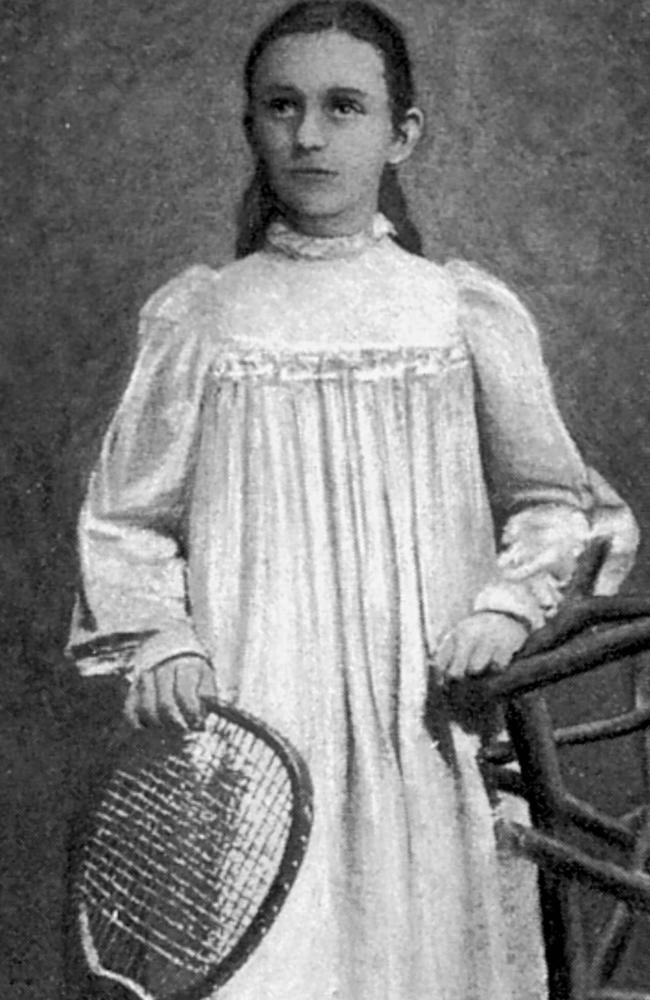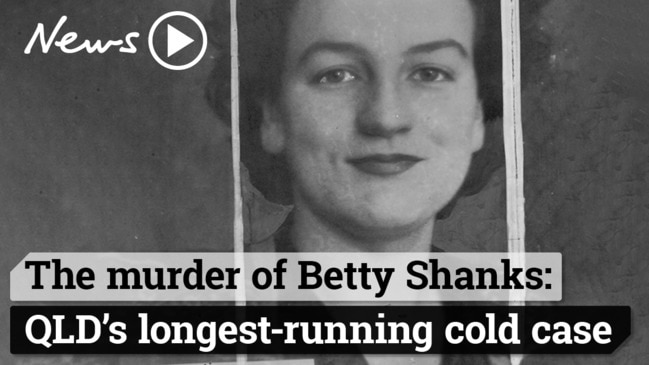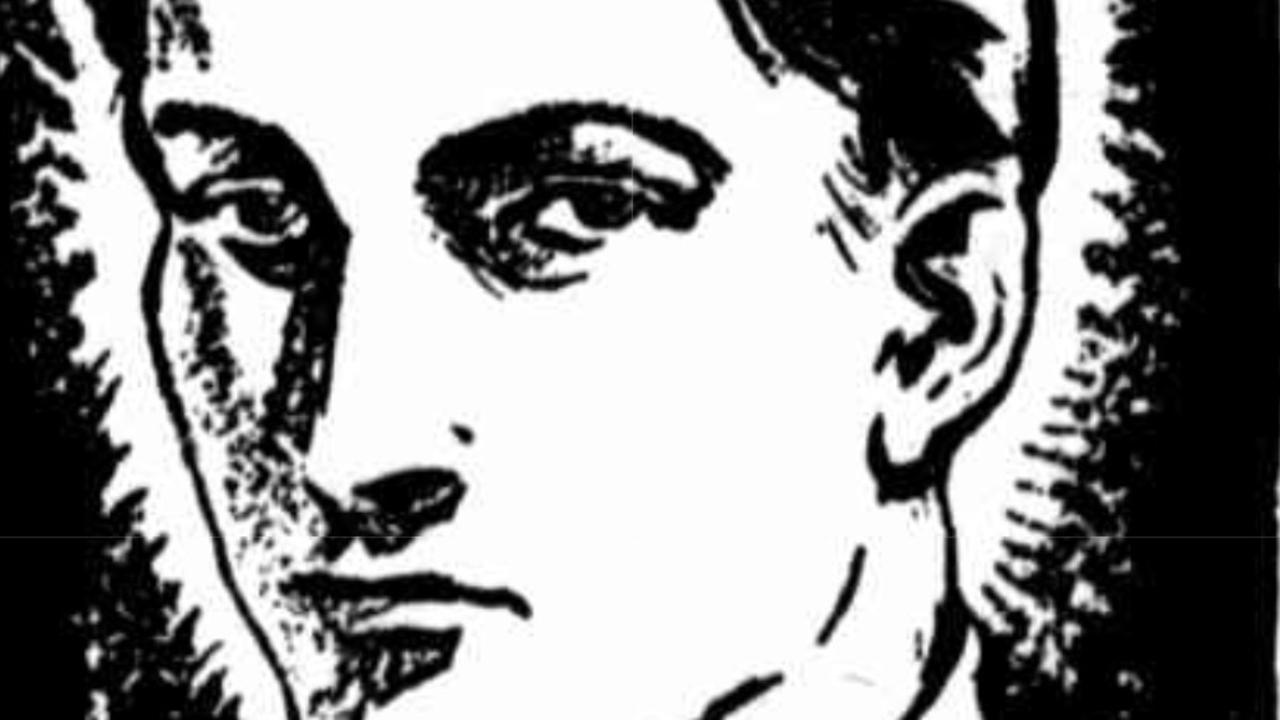Way We Were: Tragic case of the ‘Longreach Cinderella’
The Outback town synonymous with Qantas and the Stockman’s Hall of Fame also had a dark side – including the appalling case of the little girl murdered by her influential parents.

Our Criminal History
Don't miss out on the headlines from Our Criminal History. Followed categories will be added to My News.
LONGREACH is today synonymous with the Qantas founders and the Stockman’s Hall of Fame, but in its time it has been home to mystery and murder most foul.
The heart of the Outback was founded in 1888, and just two years later, in June 1890, shearer James Gleeson was poisoned.
Way We Were: Letters from the frontline reveal horrors of war
Way We Were: Coastwatchers kept eye on Japanese movements in WWII
Way we were: England drops nuclear bombs in outback
The Longreach Hotel licensee raised the alarm in a letter to police, saying he suspected foul play. “Come at once, as the dead body is in the bar waiting interment,” he implored.
“I have secured what was left of the rations and have them under lock and key.”
Police responded immediately and discovered strychnine in the bread and flour Gleeson had eaten.
Gleeson and his mate, Tom Smart, had been shearing at Wellshot and arrived in Longreach on January 7.
They made camp about 800m from the hotel where they would drink every night.
One Saturday in June, they were returning home at about 10pm when they passed a group of Chinese sitting around a fire.
A drunk Gleeson began to swear at them before Smart pulled him away.
As they left, Gleeson pulled out a match to light his pipe, and Smart, looking back, saw the “Chinaman’s hut on fire”.
The following Friday Gleeson baked some bread.
He commented that it tasted bitter, and his condition quickly worsened.
Smart, also feeling unwell, took mustard and salt water as an emetic and gave some to Gleeson, before taking him to the hotel for help.
Soon after, Gleeson had a fit and died.
Smart suspected the Chinese of putting poison into the flour bag to punish Gleeson for burning down the hut.
Ah Sin, whose hut was burned, was examined at the inquest.
He said there were no valuables in his hut, and he was only sorry to lose his opium, worth 18 shillings.
Gleeson’s murder remains a mystery.
It was concluded: “The evidence discloses nothing to fix the guilt of the poisoning upon the Chinese, but it is the general opinion that one of them is the guilty party, and the residents have boycotted both the storekeepers and gardeners in consequence.”

The more notorious case though, is that of the Longreach Cinderella, 14-year-old Grace Macdonald, who was murdered by her father, a wealthy squatter, and stepmother on the family property Urudah Station on October 31, 1903.
It also leaves a mystery – why the government intervened to commute the death sentence handed to Angus Ronald Macdonald, 45, and his wife Florence Alma, 33, to life imprisonment with hard labour.
Grace’s mother had died and she had been cared for by relatives until her father, who had remarried and now had two healthy toddlers, sent for her.
She was a strong and fit teenager when her stepmother collected her from Brisbane in March 1903. Within seven months she was dead.
Her body was covered in deep sores oozing pus. Her wrist and two ribs were broken.
She was deprived of food, chained up under the family home when she wasn’t working, and her father spoke of hitting her “like a beast”.
Witnesses said she had no shoes and had been dressed in a bran bag so full of holes you could see all her body.
Her father and stepmother were committed for trial at the Rockhampton Supreme Court which was packed with angry crowds when proceedings began in February 1904.
In summing up, the judge commented on “the agony the unfortunate girl must have suffered.”
It took the jury only 45 minutes to find the Macdonalds guilty. They were sentenced to death.
The defence sought a stay of execution until points of law were decided and the full court met in Brisbane in May.
The Chief Justice, in reviewing the evidence of ill-treatment, said it “revealed acts of cruelty unparalleled even in fiction”.
He confirmed the conviction and his fellow judges agreed.
It was said that Macdonald had influential friends as, a week later, a special meeting of Cabinet “at which all ministers were present” commuted the death sentence to life imprisonment with hard labour.
The decision was met with howls of public disapproval and there were suggestions that the political influence of the wealthy Macdonalds had perverted the course of justice.
Efforts “to secure some idea of the grounds upon which the Ministers acted, or whether any fresh information had come to light” were fruitless.
Premier Sir Arthur Morgan chose not to make a statement.
Angus Macdonald was sent to St Helena and his wife to Boggo Road, where she was Queensland’s first woman sentenced to life imprisonment.
In the end, they served much less. Alma Macdonald was released in December 1915, and her husband a few months later, in March 1916. And that’s another Longreach mystery.



